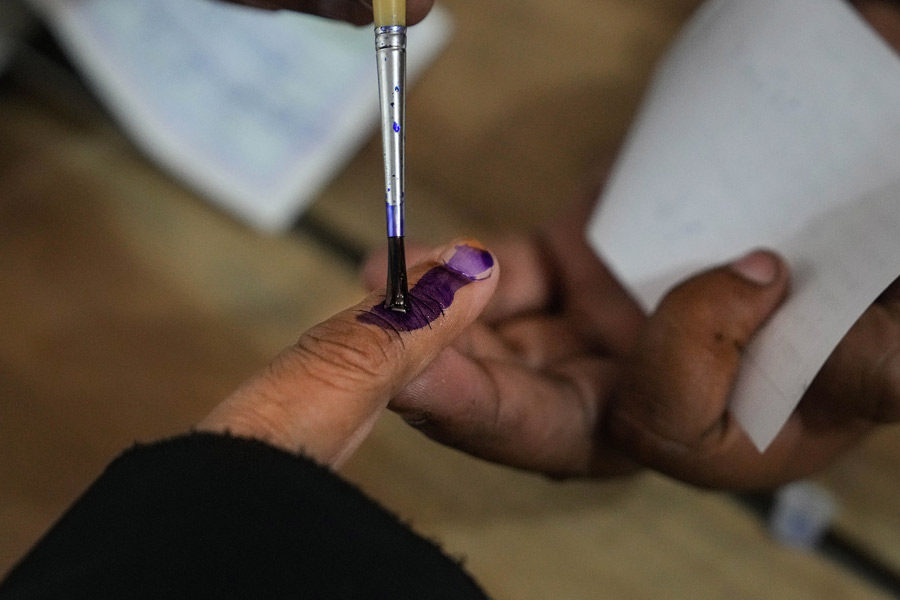Recent evidence shows that lending to the micro, small and medium enterprises sector by commercial banks has not grown as much as the demand for credit. In the MSME sector, non-performing assets have declined from 2.9% in the fourth quarter of FY22 to 2.4% in the fourth quarter of FY23. Comparing the last quarters of the two preceding financial years, the growth in the demand for credit in this sector has been estimated at 33%, while the growth in the supply of credit has been only 11%. There is thus a clear gap between demand and supply. The MSME sector has been doing better in terms of asset quality and is supposed to be a good driver of economic growth. Hence, the diffidence among banks to lend is surprising. The average ticket size of loans for the segment of rupees one crore and above has fallen. For the State-owned banks, the average ticket size of MSME loans has fallen by 21% in the last quarter of FY23 compared to the last quarter of FY22. During the same period, the average ticket size of MSME loans disbursed by private banks shrunk by 7%.
This is not suggestive of efficient financial intermediation. Experts have suggested that this is due to lower risk appetites among banks along with higher costs of collection of dues. The lower risk appetite possibly comes from the aftermath of the pandemic experience with a sudden rise in NPAs even in segments where credit risks were deemed low. There is still a fear of unanticipated dangers. Making provisions for and writing off bad debts on a regular basis are not considered prudential banking practices. However, on the collection costs front, almost all banks are now using sophisticated analytic tools to identify early warning signs of stressed assets and NPAs in the making. This, in turn, helps banks design more effective collection strategies. To allay the fear affecting risk appetites, an assurance from the banking regulator ought to make it clear that a helping hand will be forthcoming during any unanticipated disaster. On rising collection costs, banks need to deep dive to understand what could be the optimal strategy to recover dues and how processes can be streamlined to reduce costs. Finally, any hesitancy among banks to lend when there is demand for credit with improving asset quality must be treated as a signal by the Reserve Bank of India to examine whether its supervisory regulations are stifling the ability of banks to take adequate risks.










